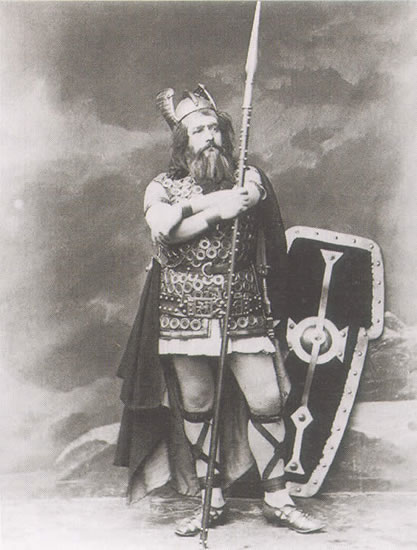for amplified flute (with effects – distortion and octaver pedal), amplified clarinet (with effects – reverb pedal) and amplified piano. Optional drum machine.
duration: 15 minutes
Faber Music publishing details
Audio Excerpt
First three minutes:
Complete piece (15 minutes):
Programme Notes
DeathStench is concerned with three main ideas:
- firstly, a programmatic reference to physical death, and the instinctive fight of any being to resist its onset;
- secondly, a contemplation of life experiences before the point of a being’s death, and an imagined assessment of their value after life has ceased; and
- thirdly, references to the musical genre ‘death-metal’, in which dark musical and textual motives (hence the title) are given virtuosically theatrical treatments.
DeathStench was commissioned by the Sydney Alpha Ensemble, for first performance by them. It has also been performed by the Sydney ensemble Coruscations, in Japan, and was a short-listed composition in the inaugural Ladislav Kublik International Composition Prize.
notes by Matthew Hindson.
CD Recording Available?
- No.
Other Information

